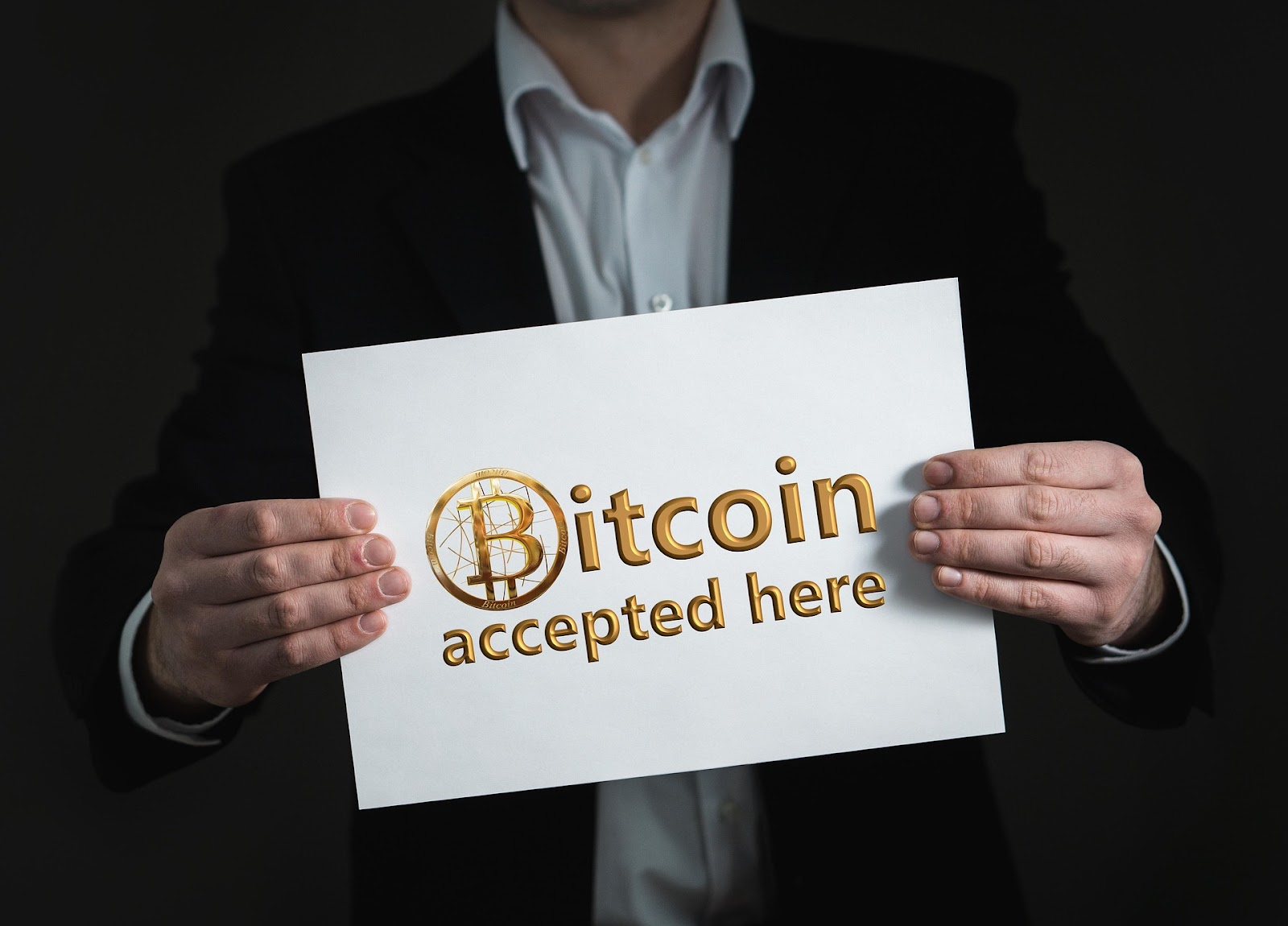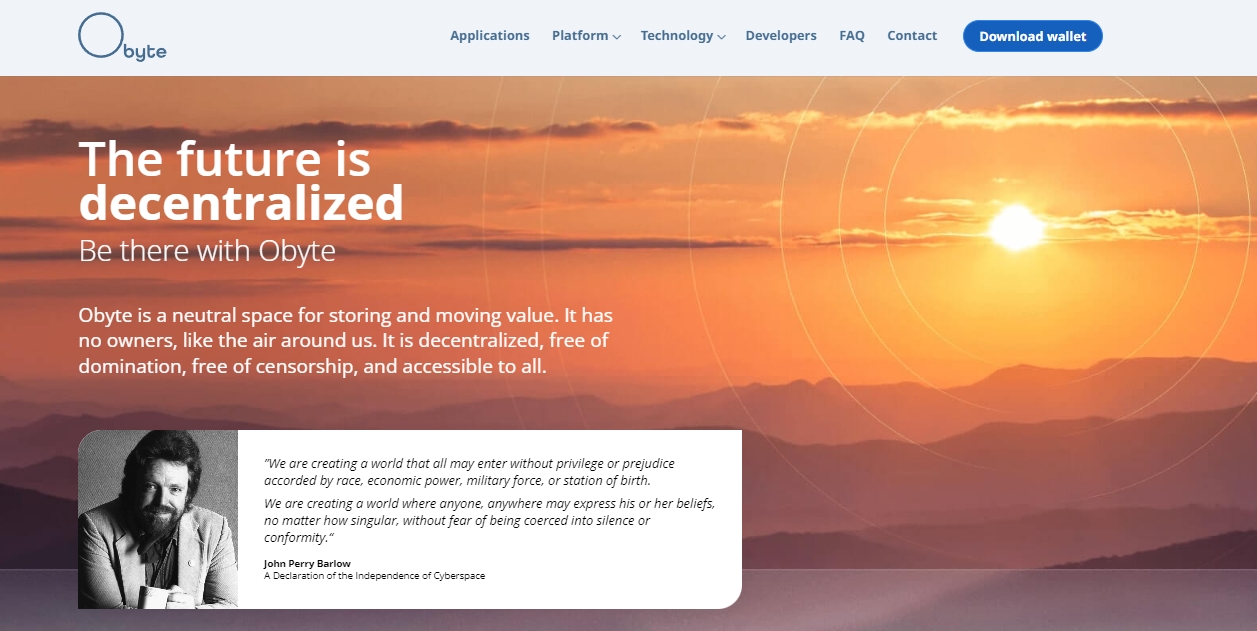This content originally appeared on HackerNoon and was authored by Obyte
Numerous economists in history have believed that money works best when it arises naturally through trade—not when it’s forced on people by governments. Also, fiat money (paper money) would be something to be suspicious of, according to them. Does it sound a bit cryptocurrency-like? You wouldn’t be wrong about that. Many of those economists belong to Austrian Economics: a school of thought that highlights personal freedom, market-driven decision-making, and the risks of too much government interference in the economy.
\ It started in the late 1800s with the works of several economists, including Carl Menger, Eugen von Böhm-Bawerk, and Friedrich von Wieser. However, it gained momentum through well-known figures like Ludwig von Mises and Friedrich Hayek. These tinkers promoted free markets, individual choice, sound money, subjective value, and minimal government in shaping economies and monetary systems. Fast forward to today, and we see similar themes popping up in the world of cryptocurrency.
\ Digital currencies like Bitcoin and Obyte challenge the idea of central control, support free-market rules, and give users more autonomy. Some crypto enthusiasts embrace Austrian principles, while many professional economists from that school remain cautious. Common points are too many to ignore, though.
Against Inflation & Central Banks
One big overlap between Austrian Economics and crypto is their shared concern about inflation and central banks. Austrian economists argue that central banks—like the U.S. Federal Reserve or the European Central Bank—distort the economy by printing money and manipulating interest rates, creating unsustainable booms and painful busts. This idea comes from thinkers like Mises and Murray Rothbard, who were critical of fiat money and fractional-reserve banking.
\
Fiat money is currency created and controlled by governments, with no backing from physical goods like gold. It can lead to hidden wealth loss through inflation, benefit those who get the new money first, and encourage reckless spending and borrowing. Over time, this can cause financial crises, widen inequality, and weaken economic freedom, since the system depends on trust rather than real value.
\ One of those financial crises prompted the creation of Bitcoin, by the way. This currency was born in response to the 2008 financial calamity and has a hard cap of 21 million coins. That fixed supply makes it resistant to inflation and gives it a kind of “digital gold” status. People who worry about the long-term value of government currencies are drawn to this scarcity. And their concerns aren’t just academic—hyperinflation in places like Venezuela and Zimbabwe shows how badly things can go when governments mismanage money. In this context, cryptocurrencies look like a safety net against monetary chaos.
Self-Sovereignty & Free Market
This financial school of thought also emphasizes the idea that individuals—not governments—should make economic decisions. Said concept, called methodological individualism, values personal choice and decentralization, which are also key features of most cryptocurrencies. They let people hold and transfer money without relying on banks or government permission —if you own your private keys, nobody can take away your coins, at least not remotely, like freezing or blocking your accounts.
\
Besides, Austrian economists emphasize voluntary exchange and minimal interference in trade. According to this view, when people are free to make decisions without central planning, markets naturally organize and balance themselves over time. This belief in spontaneous order rejects the idea that governments or central banks should control economic activity. Instead, Austrians argue that innovation, pricing, and investment work best when driven by individual choices in a competitive environment.
\ Similarly, many cryptocurrency platforms—especially in decentralized finance (DeFi)—run on open-access systems. These networks allow anyone with an Internet connection to participate, without asking for approval from banks or regulators. This openness mirrors the Austrian preference for economic freedom and individual action.
Denationalization of Money

\ Bitcoin and similar projects are digital currencies created outside state control, competing in the free market just like Hayek imagined. Hayek and Mises both supported the idea that order in markets emerges naturally when people are free to choose. You can see this in the world of decentralized finance (DeFi), where platforms like Ethereum or Obyte let users experiment with new financial tools and currencies.
\ These platforms make it possible to code your own financial rules and create new kinds of digital value—no need for central banks or regulators to step in. This do-it-yourself spirit lines up nicely with Austrian ideas of spontaneous order and innovation through competition.
Objections by Austrian Economists
Still, not everyone in the Austrian camp is sold on crypto. A big concern comes from Mises’ “regression theorem,” which says that money has to start as a widely used commodity. Some Austrian economists argue that cryptocurrencies don’t fit the bill—they didn’t grow out of barter or have any previous real-world use, so they wouldn’t meet the historical criteria for money.
\ The Mises Institute has published several critiques, including “The Money-ness of Bitcoins” and “Bitcoin: Money of the Future or Old-Fashioned Bubble?.” More recently, in 2024, they accepted that “Bitcoin has also become much more widely used as a medium of exchange, but it is not yet money.” They claim Bitcoin (or cryptos, by extension) isn’t money because it’s not yet widely or universally accepted for everyday exchanges. People often need to convert it to traditional currencies to buy things, and using it still involves finding others who accept it. That’s broadly debatable, though.
We can perfectly argue that you can’t use gold to pay for a coffee, or Indian rupees outside India —not without exchanging them. These mediums of exchange need to be accepted by others, too, and it’s highly unlikely that a Starbucks cashier will receive a gram of gold or a banknote from India outside India. Indeed, it’s more probable that they accept some kind of crypto, instead.
\ Moreover, if Austrians believe that value is subjective, then early Bitcoin users valuing it for its security, scarcity, or utility might be enough to explain its rise. Also, today’s fiat money isn’t commodity-backed either—it’s valuable because people accept it, not because it’s tied to gold or any other commodity. We can see some mixed opinions here, then.
A Way to Create Free Money
Bitcoin, specifically, may appeal to many supporters of Austrian Economics, but it’s not without its critics. Some Austrians point out that Bitcoin mining uses large amounts of energy, potentially distorting the market through subsidies or unsustainable practices. Others note its growing reliance on centralized actors—like large mining pools and exchanges—which can clash with the Austrian focus on decentralized, individual action. Plus, since Bitcoin isn’t backed by a physical commodity, it doesn’t fully satisfy traditional Austrian preferences for hard money.
\ That said, other crypto networks offer alternative approaches that more clearly align with Austrian ideas. Obyte could be one of them. This is a decentralized, open platform without middlemen (miners or “validators”), structured as a Directed Acyclic Graph (DAG), in which transactions are added to the DAG only by its users.
Besides its native currency (GBYTE), anyone can create and exchange custom digital assets here. Unlike Bitcoin, Obyte supports tokenized commodities—meaning you can back your digital money with real-world goods. A great case in point is Aufort, a European company that uses Obyte to tokenize gold, bringing back the idea of commodity-backed currency in a digital form.
\ Obyte also offers a high degree of flexibility. It doesn’t lock users into one model—instead, it lets people and markets decide what counts as money. Because Obyte allows anyone to design tokens for specific uses, it embraces the Austrian view that economic activity begins with human action. In a world that’s increasingly skeptical of fiat money, platforms like this one may offer a more welcoming and Austrian-style path forward for crypto enthusiasts.
Featured Vector Image by pikisuperstar / Freepik
\n
This content originally appeared on HackerNoon and was authored by Obyte



